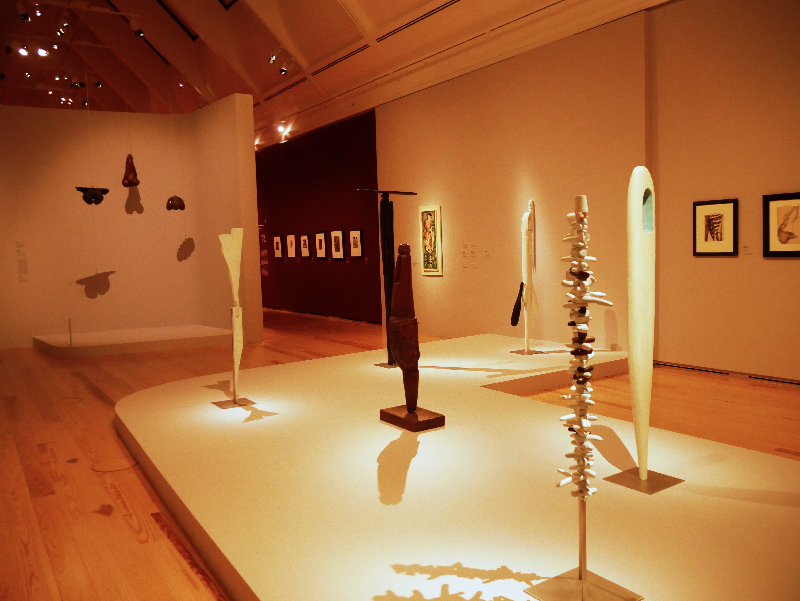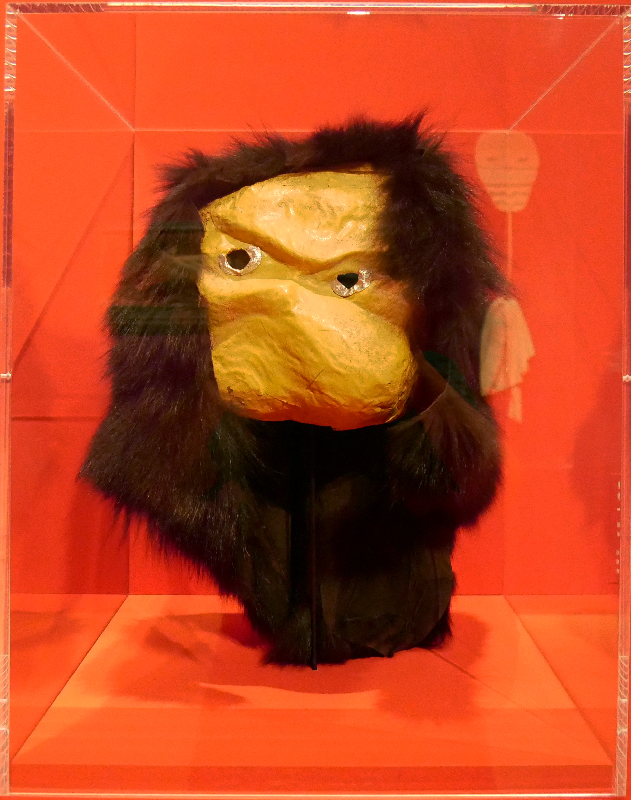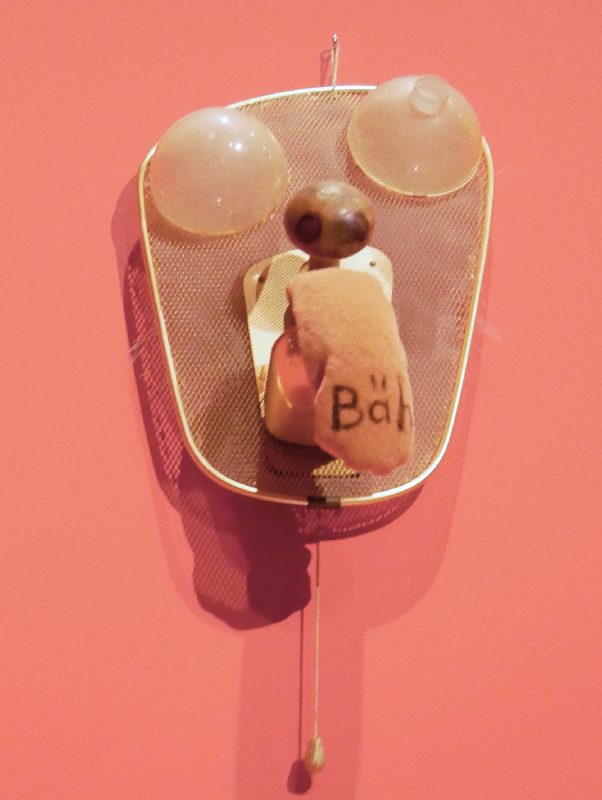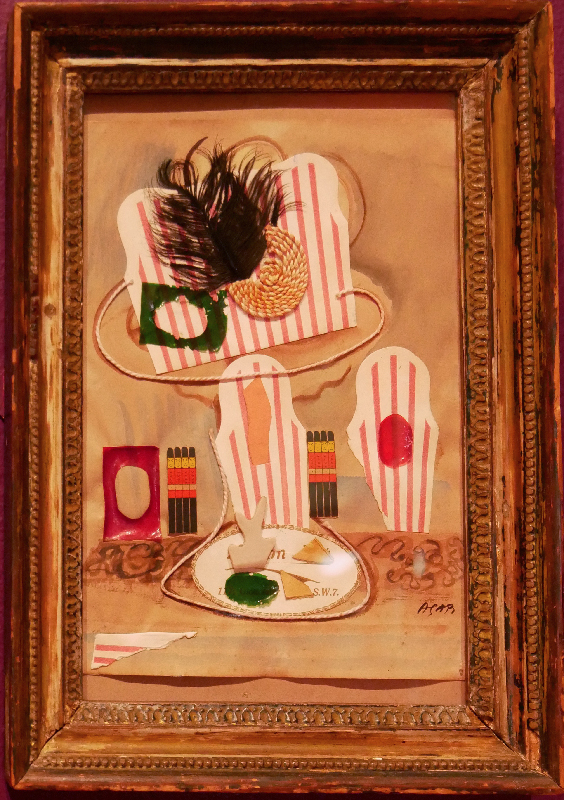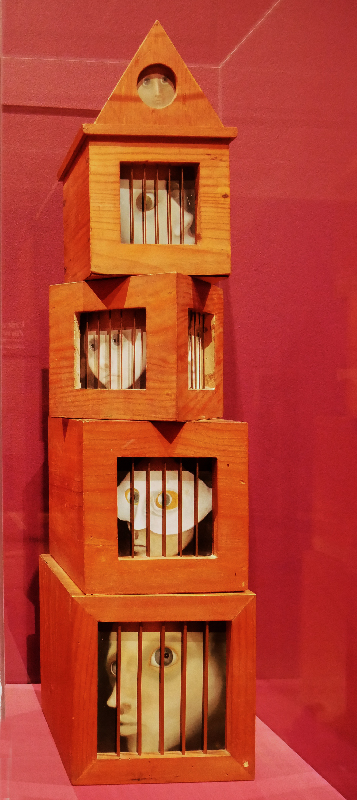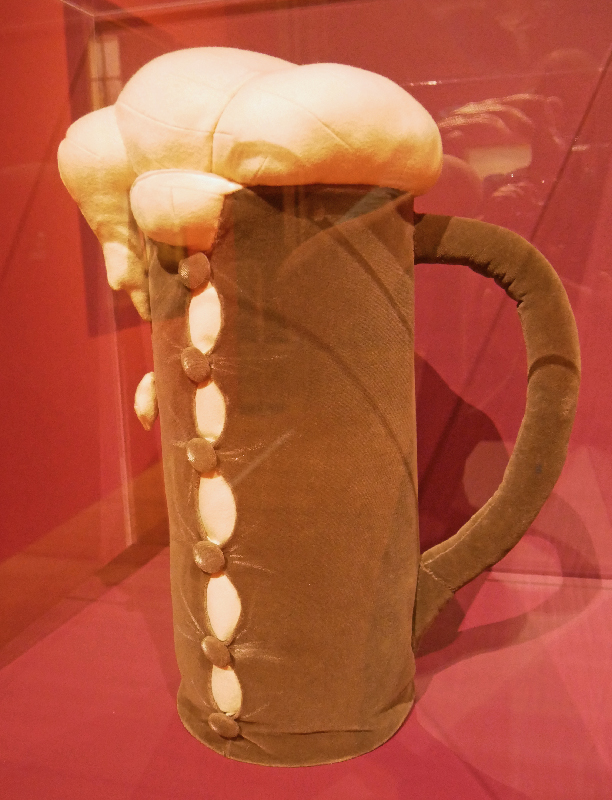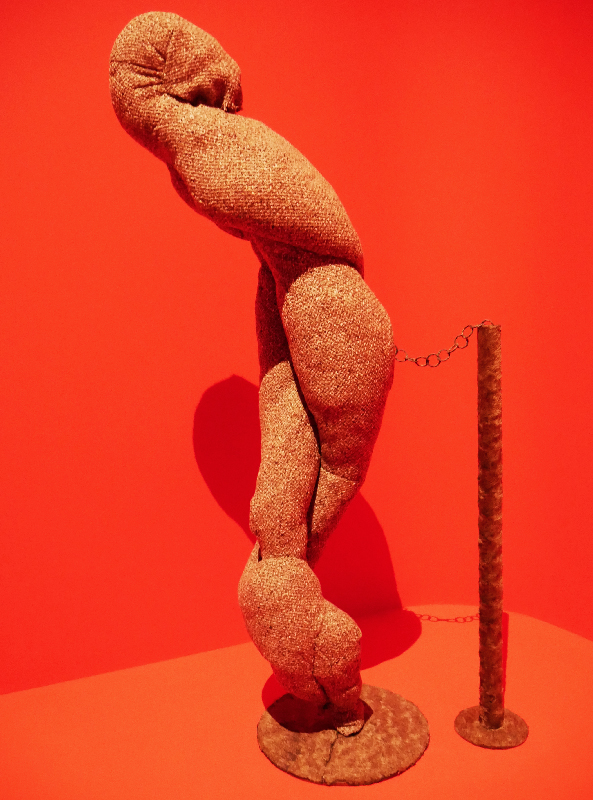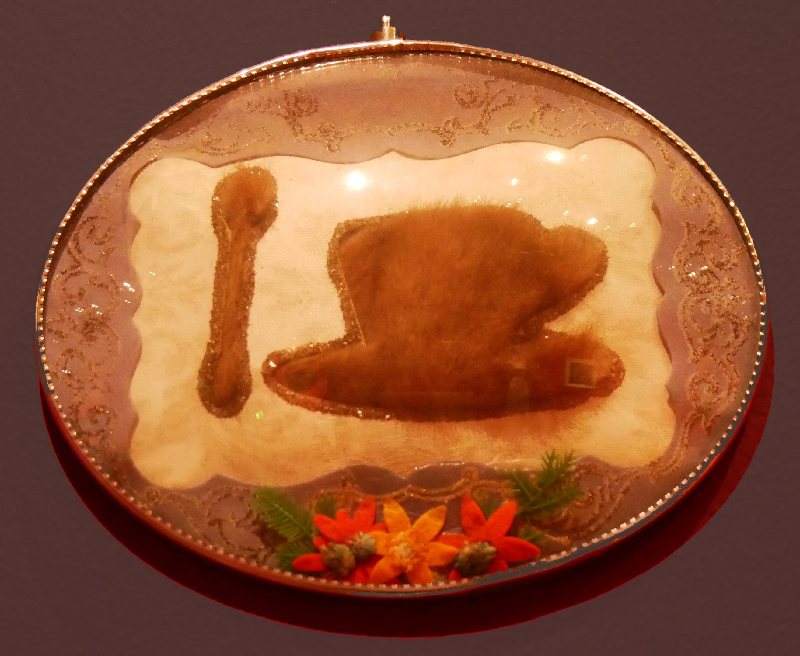
I saw this exhibition at the Schirn Kunsthalle on 24 June 2020 (currently it is on show at the Luisiana Museum of Modern Art, Humlebæk, Denmark, from 25 July till 8 November 2020) This was the second exhibition I was able to visit after the Corona lockdown. And it was a real positive surprise for me to see that Surrealism was taken up by so many women! You can almost say that it was a female movement (where as usual the men did get most of the attentiontion). The exhibition showed 260 works by 35 female artists, of whom I will show a selection, mostly of those who are using textile and other materials in their art.
The women surrealists wanted to change society, to escape bourgeois limitations and classic gender roles. In no other Modernist movement have female artists played such a significant role as in Surrealism. In the early 1930s, many of them came to Paris and joined the group that had formed around the movement’s founder André Breton. They wanted to change society and to escape bourgeois limitations and classic gender role attribution. Dreams, metamorphosis, the subconscious and the female body all feature frequently in works by the female Surrealists, while at the same time the works are often characterized by a playful, self-aware approach to such themes.
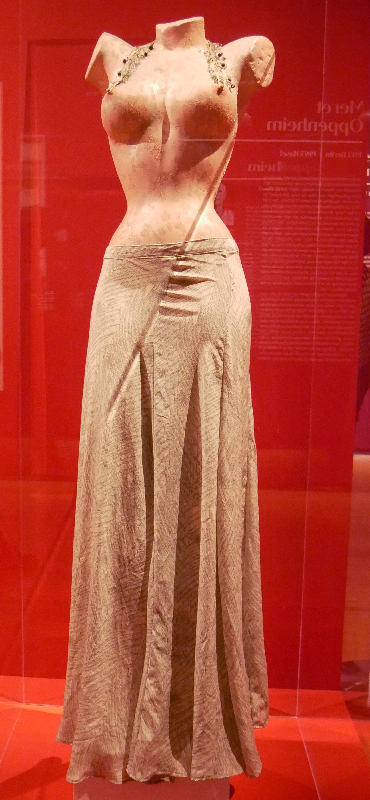
Meret Oppenheim, born 1913 in Berlin, drops out of school and goes to Paris in 1932. Until 1937 she is part of the surrealist circle around André Breton. In 1936 she creates the work Breakfast in Fur, a fur covered teacup which immediately becomes the quintessential Surrealist object. It is aquired for the Museum of Modern Art, New York in the same year. From 1937 on she lives in Basel. She becomes close friends with Leonor Fini. With her, Max Ernst , and others, she participates in a 1939 exhibition of fantastic furniture in Paris. Oppenheim will report later that she fall into a creative crisis which last 18 years. Nevertheless , she creates important works during the 1840s and 1950s. In 1959 she organizes Spring Banquet which is restaged later that year at the Exposition internationale du surréalisme(EROS) in Paris, albeit in altered form, leading Oppenheim to dissociate herself from all further Surrealist manifestations
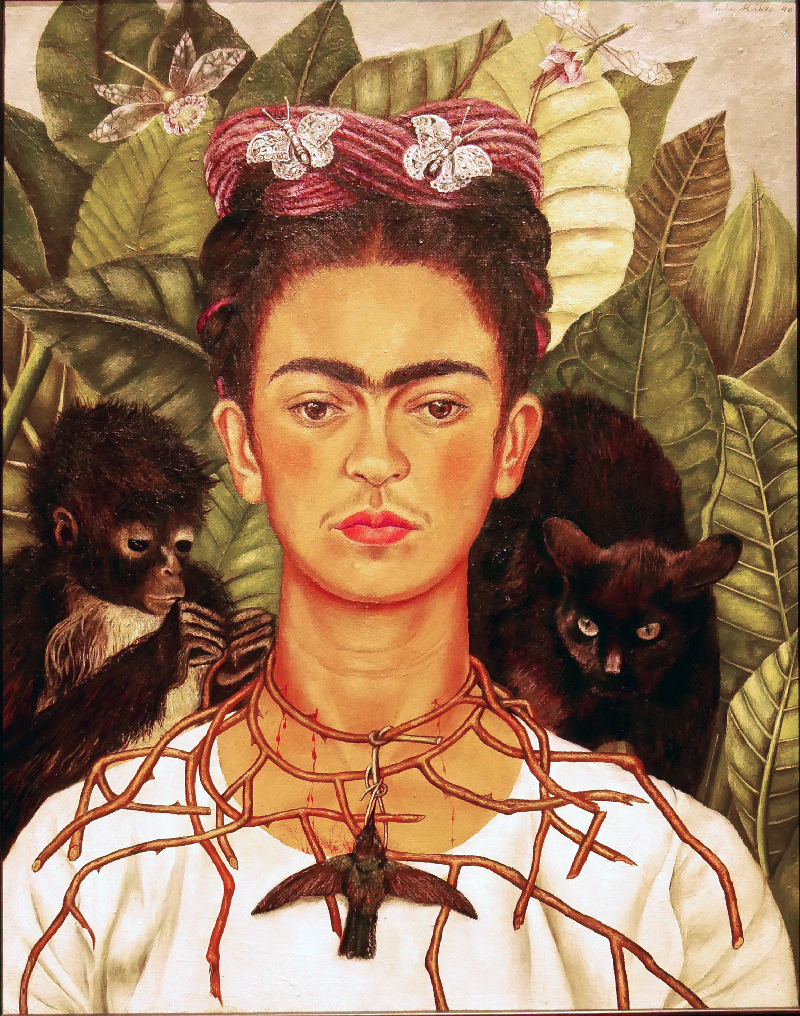
A center of the Surrealist scene developed in Mexico around the now famous painter Frida Kahlo. Even though she did not consider herself a Surrealist, Kahlo accepted an invitation from André Breton and exhibited in Paris in 1939. There, she forged many friendships with female artists in the group. Not only Kahlo’s art, but also the culture of her homeland fascinated both male and female Surrealists on multiple levels: the abundant nature, the rich pre-Columbian past, and the traditional Mexican festivals and folk art.
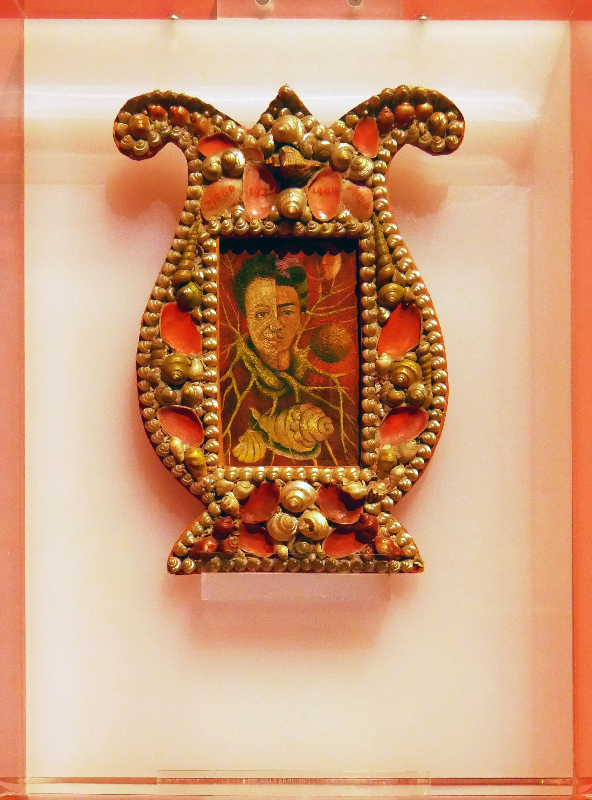
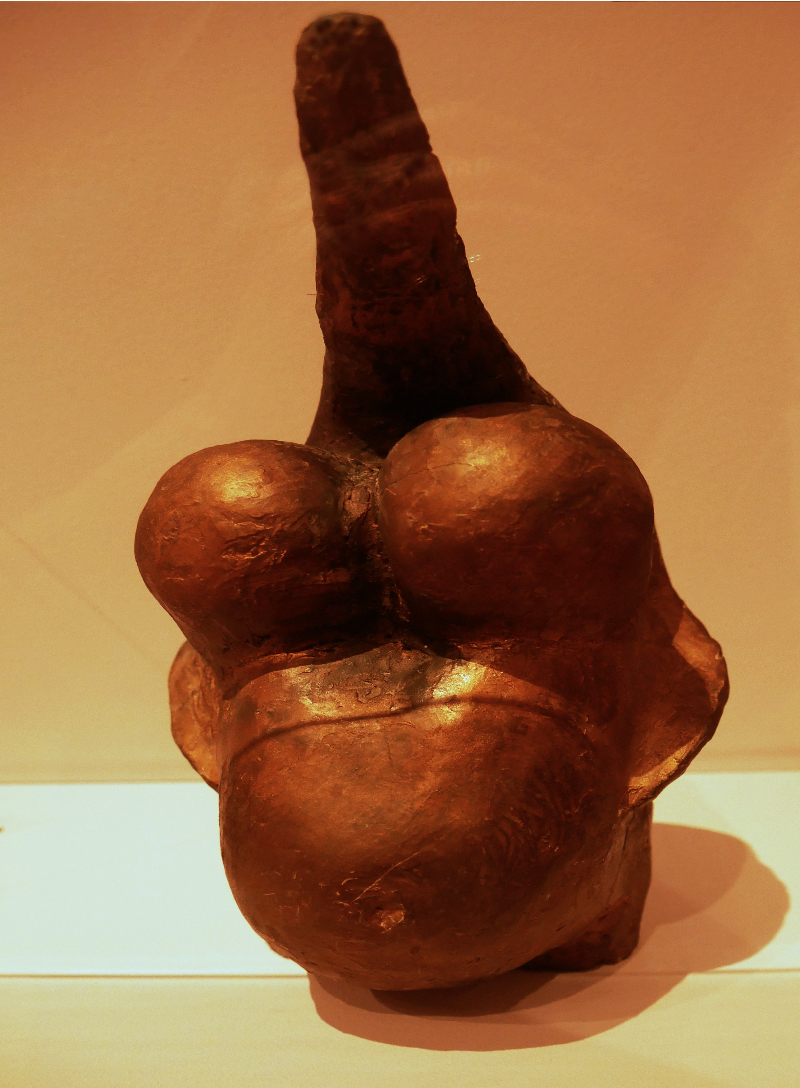
Louise Bourgeois, who actually never exhibited with the group, but closely explored Surrealism and its theories during the 1930s while living in Paris. Her works incorporate Surrealist ideas and themes: an enquiry into the female body, questions of identity and, not least, dream-like and abstract elements. Metamorphosis also plays an important role in Bourgeois’ artistic creativity. Her body of work, which is often seen as very contemporary today, brings the Surrealist approach firmly into the present.
This exhibition, which was planned in the Schirn Kunsthalle from February 13 to May 24, 2020, was held until the end of June, but is now still on view until 8 November 2020 at the Luisiana Art Museum, Humlebæk, Denmark. The catalog is still in demand: FANTASTIC WOMEN. SURREAL WORLDS FROM MERET OPPENHEIM TO FRIDA KAHLO, editor of Ingrid Pfeiffer. With a foreword by Philipp Demandt from the SCHIRN and Poul Erik Tøjner from the Louisiana Museum of Modern Art, Humlebæk. With the accession of Patricia Allmer, Teresa Arcq, Heike Eipeldauer, Annabelle Görgen-Lammers, Karoline Hille, Alyce Mahon, Christiane Meyer-Thoss, Laura Neve, Silvano-Abgabe, Ingrid Pfeiffer, Gabriel Weisz, as well. English edition, approx. 420 pages, 350 illustrations, 24 x 29 cm, hardcover, Hirmer Verlag, approx. € 39 (SCHIRN), € 49.90 (book trade).
